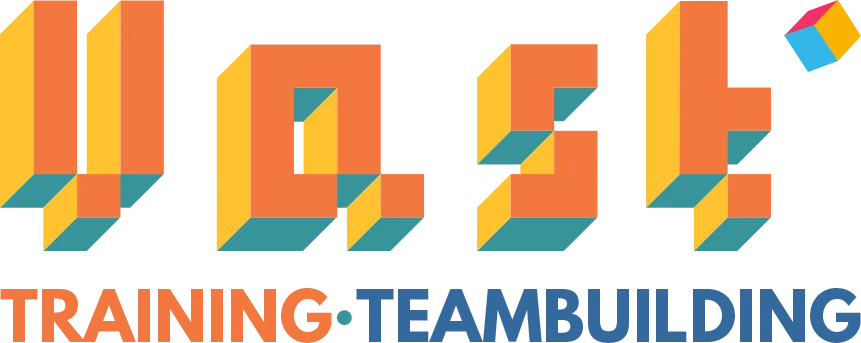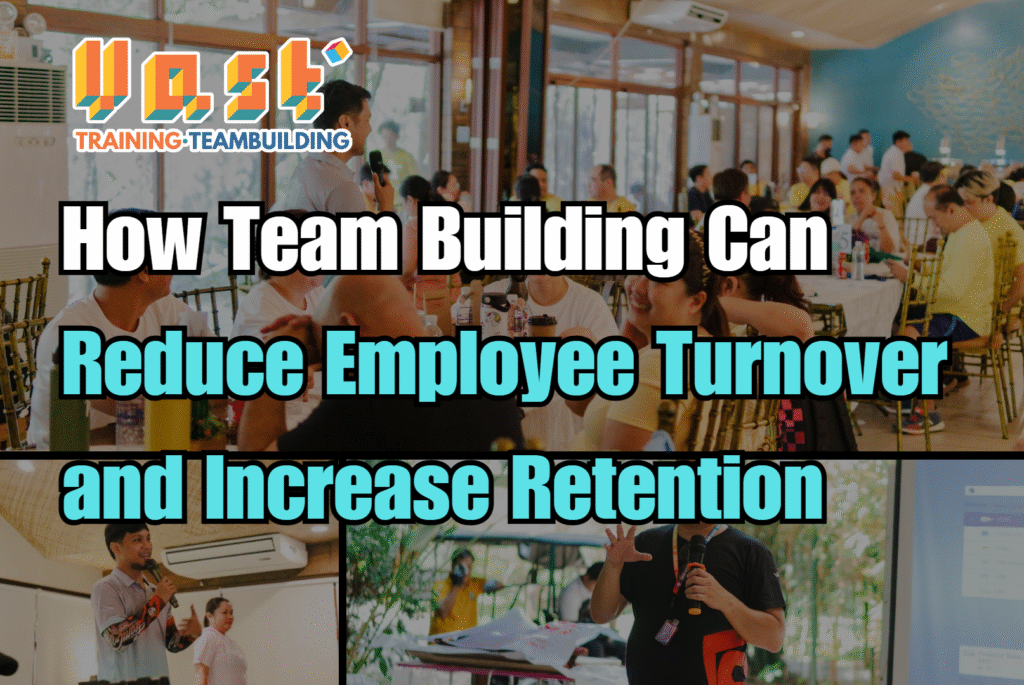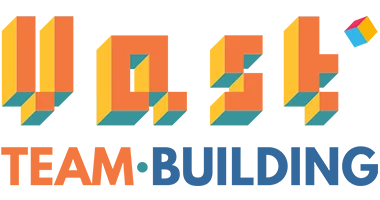Call us now at: (02) 8404 0361 | Ann +63 945 759 5473 | John +63 938 432 8515 | Kate +63 961 644 8032 | Ed +63 917 302 9763 | Email: inquiry@vast3teambuilding.com | corporate@vast3teambuilding.com



Employee turnover is one of the biggest challenges businesses face today. It not only leads to higher recruitment costs, but also affects team morale and productivity. Fortunately, there’s a powerful and often overlooked strategy to combat turnover: team building. When done right, team-building activities can strengthen relationships, improve communication, and create a positive work environment—key ingredients for retaining employees long-term.
According to Gallup, teams that are highly engaged show 59% less turnover and 21% higher profitability. Not only does effective team building reduce the costs associated with hiring and training new employees, but it also strengthens the team as a whole, making them more productive and loyal to the organization.
When employees feel like they belong and have strong relationships at work, they are less likely to look for opportunities elsewhere. Team building creates a sense of community, which drives loyalty and makes employees feel more invested in the company’s success.
Team building is an essential tool for reducing employee turnover and boosting retention. By fostering stronger relationships, improving communication, and creating a positive work environment, businesses can help employees feel more engaged and motivated. When employees feel connected and valued, they are more likely to stay with the company, leading to greater job satisfaction and higher retention rates. Investing in team building is not just an investment in employee happiness—it’s an investment in the company’s long-term success. Ready to build a team that stays and thrives? Partner with Vast3 to create a workplace culture that boosts retention and drives success.

We envision a vast improvement on organizational productivity and enrichment on each companies by giving the right value